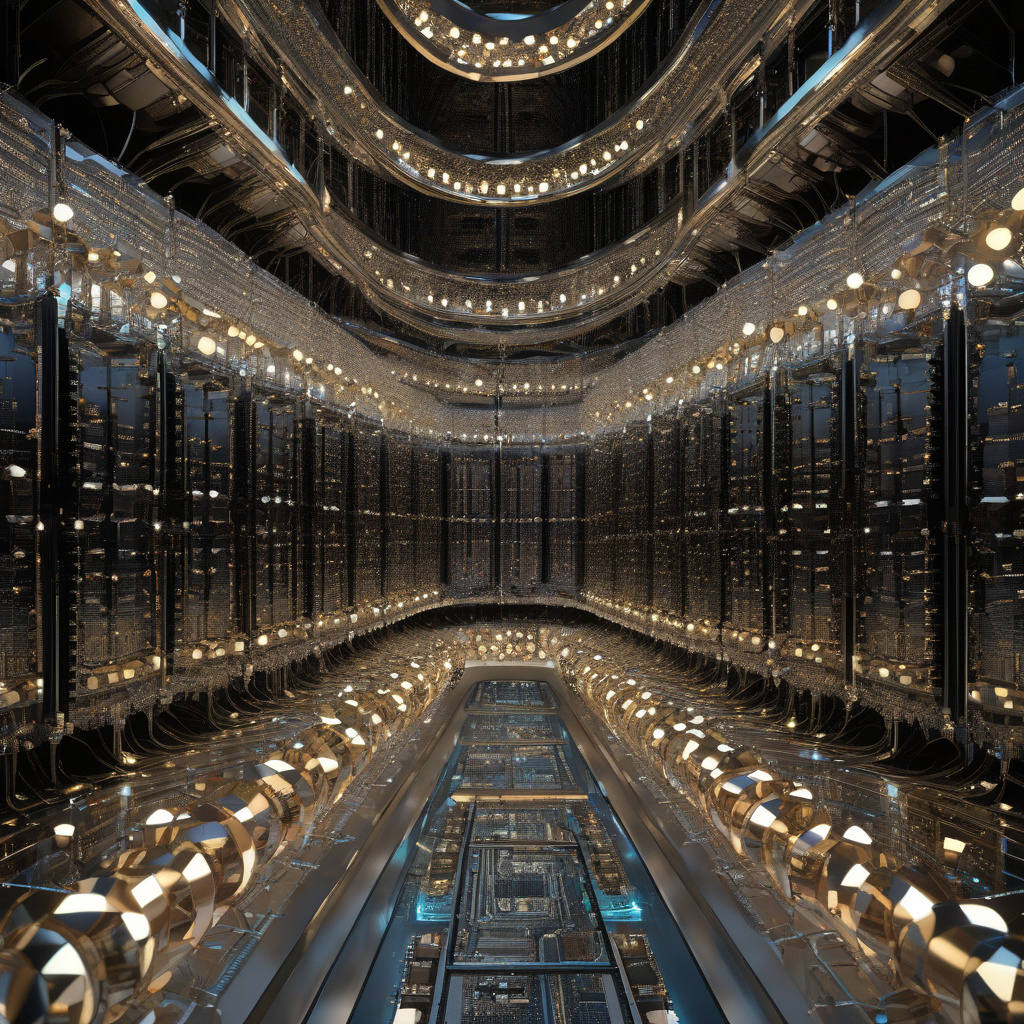World’s largest quantum array assembled with 6,100 qubits, 99.98 percent accuracy
Quantum computers need vast numbers of qubits to solve the hardest problems in science and technology, and the recent milestone achieved by researchers in assembling the world’s largest quantum array with 6,100 qubits at an astonishing 99.98 percent accuracy is a game-changer in the field of quantum computing. This breakthrough opens up a realm of possibilities for solving complex problems that were previously deemed unsolvable with classical computers.
The significance of this achievement lies in the sheer scale of the quantum array. Qubits are the fundamental units of quantum information, analogous to classical bits, but with the ability to exist in multiple states simultaneously. The more qubits a quantum computer has, the more information it can process in parallel, leading to exponential increases in computational power. With 6,100 qubits, this quantum array surpasses all previous records and represents a significant leap forward in the quest for practical quantum computing.
Moreover, the impressive 99.98 percent accuracy of the quantum array is a testament to the precision and reliability of the technology. Quantum systems are highly sensitive to external interference and decoherence, which can cause errors in calculations. Achieving such high accuracy is a remarkable feat that demonstrates the maturity and robustness of the quantum hardware and control systems employed in this groundbreaking experiment.
The implications of this achievement are far-reaching and have the potential to revolutionize industries ranging from pharmaceuticals to finance to cybersecurity. Quantum computers excel at solving optimization problems, simulating complex systems, and breaking encryption codes, tasks that are beyond the capabilities of classical computers. The ability to perform these computations with unprecedented speed and accuracy could lead to breakthroughs in drug discovery, financial modeling, and secure communication protocols.
For example, quantum computers could revolutionize the process of drug discovery by rapidly analyzing the interactions between molecules and predicting their efficacy, significantly reducing the time and cost involved in bringing new drugs to market. In finance, quantum algorithms could optimize investment portfolios, risk management strategies, and trading algorithms with unparalleled efficiency. And in cybersecurity, quantum-resistant encryption schemes could safeguard sensitive data from future threats posed by quantum computers.
The successful assembly of the world’s largest quantum array with 6,100 qubits at 99.98 percent accuracy marks a major milestone in the advancement of quantum computing. It showcases the progress that has been made in overcoming the technical challenges of building and operating large-scale quantum systems and paves the way for a future where quantum computers will tackle some of the most complex problems facing humanity.
In conclusion, the achievement of assembling a quantum array of this magnitude with such high accuracy is a testament to the dedication and expertise of the researchers involved and heralds a new era of quantum computing capabilities. As we look to the future, the possibilities that lie ahead with this groundbreaking technology are truly limitless.
quantum computing, qubits, quantum array, technological breakthrough, computational power












